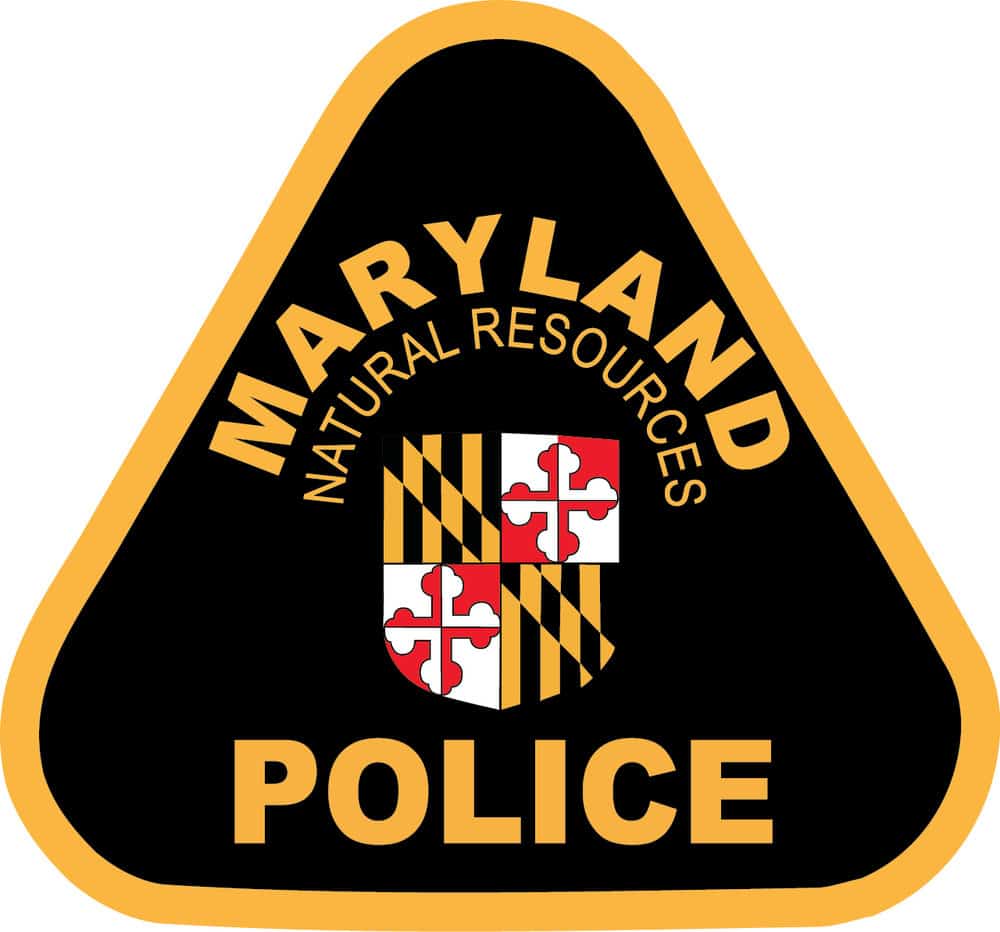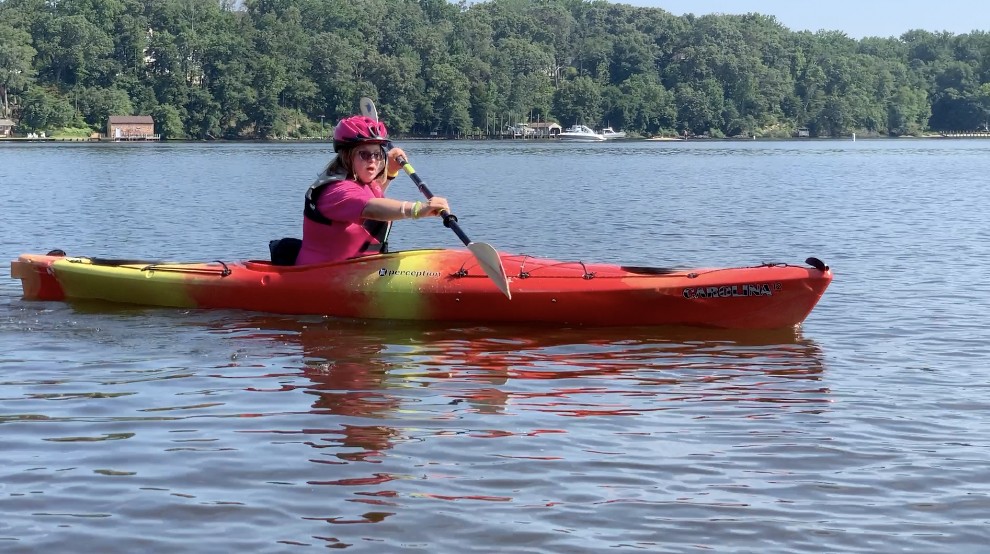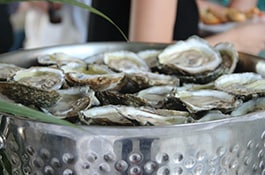The world’s largest sea turtle may be closer than you think. Leatherback turtles, which migrate further and dive deeper than any other sea turtle, are also the third most abundant sea turtle found in Virginia’s waters.
A new study looks at what these endangered turtles do during their Atlantic Ocean migration, which takes them down the coast, right through the Chesapeake Bay region.
Leatherbacks are striking to spot—some can grow to an amazing 8 feet long and weigh up to 2,000 pounds. Their name comes from the their leathery shells covered with rubbery skin and seven ridges running lengthwise.
They are mostly creatures of the open seas. Females come ashore only every couple of years to lay eggs; males don’t return to shore for the rest of their lives once hatched. A few do turn up in the Chesapeake Bay many summers, mostly in Virginia waters. We did, however, encounter one some thirty years ago in the salty water of the ancestral Susquehanna channel just above the high span of the Chesapeake Bay Bridge off Annapolis.
Leatherbacks are highly migratory, traveling up to 10,000 miles between warm, tropical and subtropical nesting areas to cooler, fertile feeding grounds further north. New research has just been published that zeroes in on important foraging grounds along the Atlantic migration corridor for these aquatic giants. They commonly swim across the South and Mid-Atlantic Bights during the warmer months to feeding areas near Southern New England, the Gulf of Maine, and Nova Scotia, where food is plentiful. They migrate southward again when water temperatures drop during the winter. Until this study, however, scientists didn’t know what the turtles did along the way.
It turns out that they “do” quite a lot as they move back and forth. A team of researchers, led by the University of Miami Rosenstiel School of Marine, Atmospheric and Earth Science and NOAA Southeast Fisheries Science Center, tagged 54 turtles off the coasts of Massachusetts and North Carolina. They were able to track 52 of them using satellite tags that recorded location, depth, and temperature data. The scientists analyzed the data from the tags using sophisticated statistical tools to tease out the leatherbacks’ migration routes and feeding behaviors in the Mid-Atlantic Bight (between Delaware Bay and Cape Lookout, NC) and the South-Atlantic Bight (Cape Lookout to Cape Canaveral, Florida).
The team published the results recently in the journal Frontiers in Marine Science. The paper provides insights into behavior after tagging, such as dive duration and frequency, use of the water column, and depth-temperature profiles and behavior. They identified specific patterns of movement, including short, shallow dives, intermediate dives, and deeper dives that indicated a couple of feeding patterns and long-range travel configurations. These insights help conservationists study this endangered species.
As expected, the tagged turtles spent late summer and early fall feeding on areas where their preferred foods (jellyfish!) were concentrated in southern New England, especially on shoals where currents outside Nantucket drew the drifting sea nettles, huge lion’s mane jellyfish, and cannonballs together. (Yes, leatherbacks actually do grow to huge sizes by eating jellyfish; they even have inward-facing spines in their throats to make sure their slippery prey make only one-way trips down their gullets.)
The team recorded new evidence of extensive feeding in the Mid-Atlantic Bight, offshore of Delaware Bay and the Chesapeake, and some in Long Island Sound during blooms of lion’s mane jellies. The maps in the study indicate that the patterns varied some from year to year, quite possibly because of varying patterns like water temperatures, shifts in the Gulf Stream, and freshwater flow coming out of Delaware Bay and the Chesapeake. (Remember, for example, that 2018 saw rainfall in the Bay watershed at temperate rainforest levels of 60-65”.)
The study indicates that both the Mid- and South Atlantic Bights are critical but underappreciated foraging areas for leatherbacks. Its data form a baseline for comparing future leatherback foraging and migration as the Atlantic changes. NOAA Fisheries is working to protect and conserve these majestic turtles worldwide, to inform management decisions and enhance recovery efforts for them.
Editor’s Note: Want to dive further into leatherback sea turtles? The author of this story, John Page Williams, recorded this podcast with the Chesapeake Bay Foundation.




